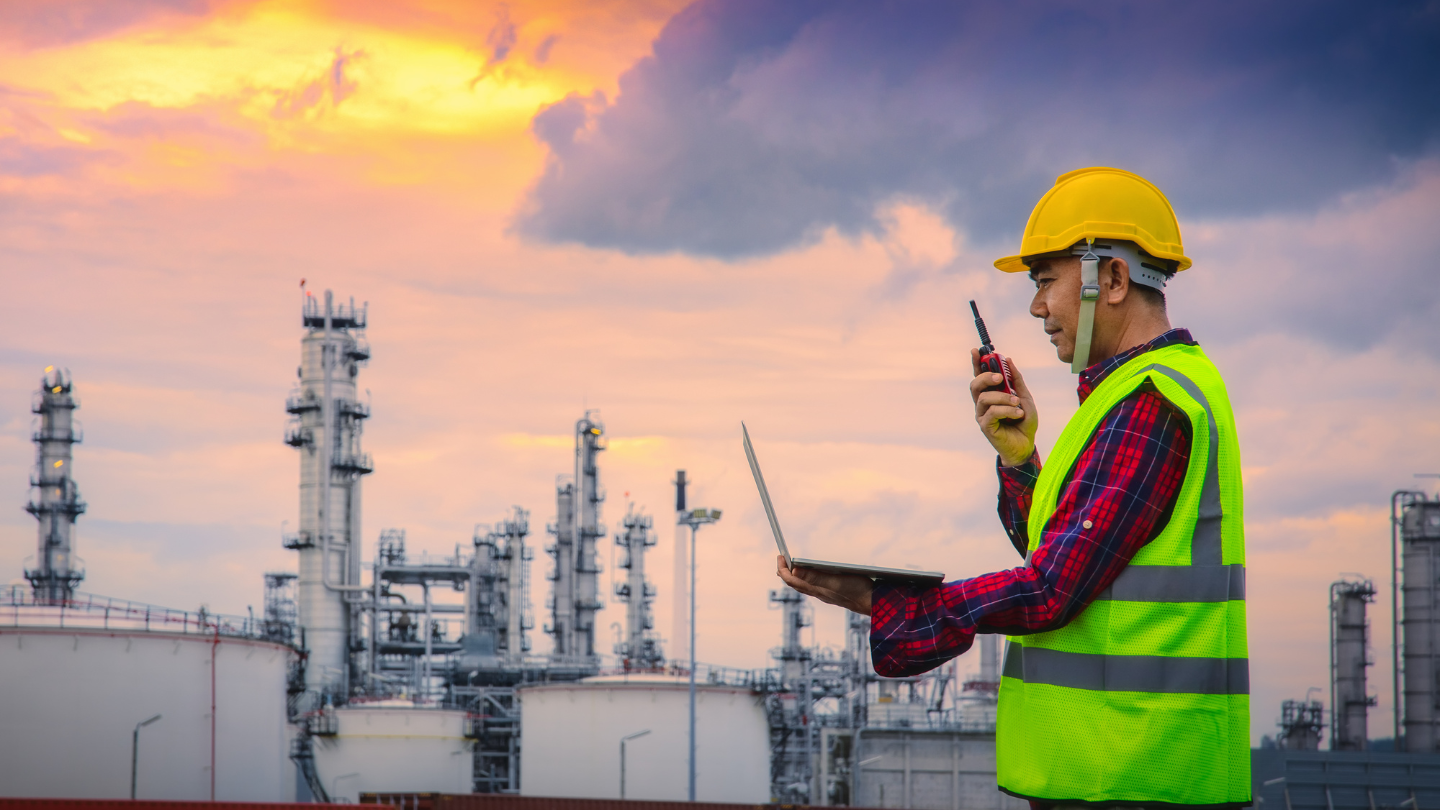Introduction: Why Sustainable Infrastructure Matters Today
Fifty years ago, infrastructure projects were judged mainly on cost and function. Today, the stakes are far higher. With climate change, rising energy costs, and growing calls for accountability, sustainable infrastructure has become a necessity, not a choice. For leaders in the energy and process industries, every project must now balance environmental responsibility, economic viability, and long-term resilience. Success depends on adopting advanced engineering practices, learning from global best practices, and designing with sustainability at the very core.
Lessons from Global Leaders in Sustainable Infrastructure
When examining organizations that are successfully building the future, a few common threads emerge. These leaders don’t just add a solar panel to a traditional design; they fundamentally rethink the entire lifecycle of the asset.
First, they prioritize principles of the circular economy. This involves designing assets for disassembly, utilizing recycled content, and establishing systems where waste from one process becomes an input for another. Consider advanced water treatment plants that recycle up to ninety-five percent of municipal water, drastically reducing the strain on natural sources.
Second, the best projects bake in resilient infrastructure design. They anticipate future climate threats, including rising sea levels, extreme heat, and intense storms. Instead of just meeting today’s flood plain requirements, they design ten to twenty feet above them. This upfront investment ensures the facility remains operational, protecting both the community and the capital investment. These are not just engineering projects; they are long-term commitments to stability and reliability.
Third, they view infrastructure as an integrated system. A major port facility, for instance, isn’t just a dock. It’s an interconnected network where a single digital brain manages energy consumption, traffic flow, storage efficiency, and pollution control. This focus on seamless integration is how global leaders are achieving true sustainability breakthroughs.
Challenges in Sustainable Infrastructure Design
While the vision is clear, the path to genuinely sustainable infrastructure design is fraught with challenges. It’s often easier said than done, especially in heavy industries.
The biggest obstacle is usually cost perception. Sustainable solutions, such as high-grade, low-carbon concrete or specialized materials, often carry a higher upfront price tag. Decision-makers see the immediate capital expenditure without fully appreciating the twenty-year savings from reduced energy use and lower maintenance costs. Overcoming this requires a disciplined lifecycle cost analysis, demonstrating that the ROI of sustainable infrastructure projects is substantial over time.
Another major challenge is legacy infrastructure. You can’t simply replace a hundred-year-old chemical plant overnight. Engineers must find creative ways to integrate new sustainable infrastructure solutions, such as modern insulation, smart grids, and localized renewable power sources, into existing, complex facilities. This requires finesse and detailed sustainable process engineering knowledge to ensure safe and compliant upgrades.
Finally, we face real industry innovation and infrastructure problems. Regulations can lag behind technology. For instance, obtaining permits for new carbon capture technology can take years because the regulatory framework is still catching up to the innovation. These external factors slow down the pace of change, demanding patience and proactive engagement with governing bodies.
Ingenero’s Approach to Sustainable Infrastructure Solutions
At Ingenero, we recognize that sustainability is more than just a checkbox; it must be engineered into the DNA of every project. Our approach is uniquely positioned because we integrate the absolute fundamentals of process engineering with cutting-edge digital tools, ensuring that every design is both robust and environmentally responsible.
We don’t separate engineering from sustainability; we treat them as one. For example, when designing new sustainable energy infrastructure or upgrading existing assets, we immediately use predictive analytics to model energy efficiency improvements. This isn’t theoretical; it’s grounded in the physics of the asset.
Our teams specialize in applying sustainable process engineering principles to complex industrial environments. We help clients navigate the transition to cleaner fuels, optimize heat recovery systems, and rigorously validate the safety margins of sustainable infrastructure projects. Our experience spans millions of engineering man-hours, giving us the practical expertise to deliver solutions that are not only green but also highly reliable and profitable. We focus on providing truly measurable results for clients committed to sustainable infrastructure development.
How Energy Leaders Can Build Sustainable Infrastructure
Creating Sustainable Infrastructure requires a methodical, step-by-step commitment from the top down. Here is a practical playbook for energy and industrial leaders.
Step 1: Conduct Sustainability and Lifecycle Assessments
Before starting any design, rigorously analyze the true cost and impact on the asset’s entire life. A proper lifecycle assessment goes beyond initial construction costs to factor in operational energy consumption, material durability, maintenance costs, and end-of-life disposal or reuse potential. This is the only way to accurately quantify the long-term value and prove the ROI of sustainable infrastructure projects.
Step 2: Design with Eco-Friendly and Low-Carbon Principles
Make low-carbon design the default, not an alternative. This means choosing low-toxicity, locally sourced, and recycled materials wherever possible. Furthermore, integrate nature-based solutions. Design stormwater management systems that mimic natural drainage. Focus on minimizing the project’s physical footprint to preserve local biodiversity. This thoughtful, sustainable infrastructure design ensures the asset is a net positive for its environment.
Step 3: Integrate Renewables and Energy Efficient Technologies
Future sustainable infrastructure projects must be energy independent or net zero. Integrate renewables like solar and wind directly into the site’s operations. For instance, use onsite solar power to run administrative buildings and charging stations. Simultaneously, use sustainable process engineering expertise to optimize energy-consuming equipment, such as replacing old compressors or upgrading heat exchangers for maximum thermal recovery. This dual focus creates a highly efficient and self-sufficient sustainable energy infrastructure.
Step 4: Partner with a Sustainable Infrastructure Consulting Services Provider
The complexity of modern sustainability standards demands expert partnership. Choose a sustainable infrastructure consulting services provider like Ingenero that brings proven domain expertise in both heavy industry and digital innovation. A reliable partner ensures that your resilient infrastructure design meets all safety and regulatory requirements while utilizing the latest advancements in digital modeling and analytics. This partnership minimizes risk and accelerates the successful deployment of your sustainable infrastructure solutions.
ROI of Sustainable Infrastructure Projects
The financial benefits of pursuing truly Sustainable Infrastructure are often underestimated. While initial costs might be higher, the return on investment comes quickly and lasts for decades.
First, there’s the sheer operational savings. Investing in higher efficiency equipment reduces energy consumption by double-digit percentages annually, slashing fuel and utility bills.
Second, there’s the market advantage. Companies with proven sustainable infrastructure development records attract better investment capital, qualify for lower-interest green loans, and appeal to a growing base of environmentally conscious consumers and supply chain partners.
Third, and most crucially, resilient infrastructure design minimizes catastrophic risk. Avoiding just one major shutdown due to a weather event or a regulatory violation provides a return that easily dwarfs the initial investment. In the face of increasing industry innovation and infrastructure problems, resilience is the most valuable asset you can buy.
Suggested Read: Engineering for Sustainability: Powering a Greener Energy Future
Conclusion
The mandate is clear: the next generation of infrastructure must be built for permanence and sustainability. This transition requires energy and industrial leaders to move beyond old blueprints and embrace a holistic view where efficiency and environmental responsibility are engineered in from day one. By applying the lessons from global leaders and leveraging the combined process and digital expertise of a partner like Ingenero, you can overcome the digital transformation challenges and successfully deliver sustainable infrastructure solutions that stand the test of time, ensuring both corporate responsibility and enduring profitability.




